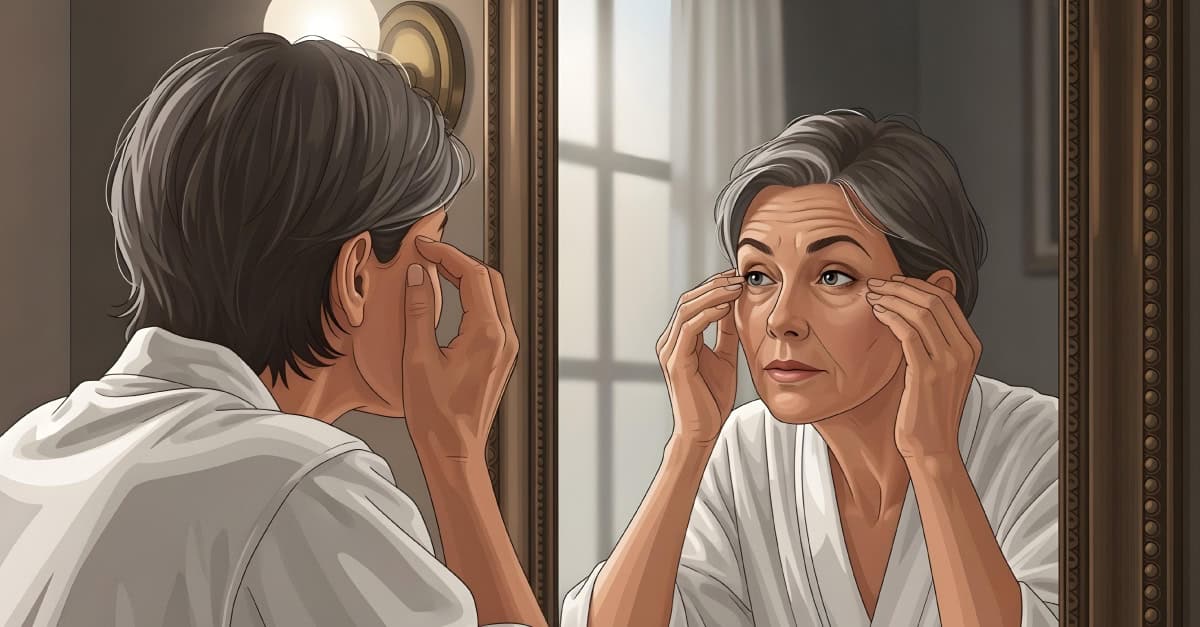There is no doubt that sun exposure causes the unwanted signs of skin aging that we all loathe; this is known as “photoaging.” Exposure to the ultraviolet (UV) radiation contained in sunlight causes “oxidative stress” to the skin, breaking down the proteins that give the skin healthy elasticity (collagen and elastin) and disrupting the pigment production that gives our skin a youthful complexion. Unfortunately, UV radiation exposure also breaks down the DNA in our skin cells, thereby causing skin cancers.
Luckily, we have in our corner a major defense against premature aging from the sun: sunscreen. In this article, we will talk about photoaging and the “photoprotection” we can get from the proper use of sunscreen. We will also suggest some tips on optimizing your protection from the sun’s wonderful but unkind rays.
Photoaging
The kinds of skin changes that are caused by sun exposure include:
· Lines and wrinkles,
· Loose and sagging skin,
· Visible blood vessels (such as spider veins or broken capillaries),
· Changes in pigmentation (such as dark spots and uneven skin tone),
· Thinned skin,
· Leathery skin, and
· Skin cancers.
The effects of sun exposure are cumulative, so even small amounts of UV exposure may cause significant skin damage over time. It is known that any sun exposure over 1 hour a day is associated with wrinkling over time.
Sun exposure is the major risk factor for aging changes in the skin, and may account for up to 80% of the visible signs of aging. As well, the signs of photoaging are correlated with the development of skin cancers. Therefore, preventing premature aging is also a health issue.
Photoprotection
The primary defense against premature aging from UV light is by using a “broad spectrum” sunscreen; one that protects against UVA and UVB radiation. These are the types of UV rays that cause photoaging.
There are two types of sunscreens: mineral and chemical. Mineral sunscreens use titanium dioxide or zinc oxide to block out the sun’s rays, while chemical sunscreens use ingredients like avobenzone or homosalate. If you are not sure what type of sunscreen you have, look at the active ingredients on the label. If it says titanium dioxide or zinc oxide, you have a mineral product; anything else is a chemical sunscreen. Just to confuse the matter, some products are “hybrid” and contain both types of ingredients.
Both types work well, so the choice is yours. However, some people may find that chemical sunscreens irritate their skin, and mineral sunscreens may leave white streaks on the skin.
Sunscreens come in several formulations:
· Creams — preferred for dry skin,
· Gels — best for oily skin or hairy areas,
· Sticks — easier for use around the eyes,
· Sprays — preferred by some parents, but these apply the sunscreen unevenly, and should not be used on the face, and
· Lip glosses — to protect that oft-forgotten area from skin cancer.
You should use at least a sun protection factor (SPF) 30 sunscreen for day-to-day use, and consider an SPF 60 or higher if out in the direct sun. The SPF number indicates how much longer it would take a person’s skin to redden in the sun; SPF 30 would take 30 times longer to redden.
About 1 ounce of sunscreen is enough to properly cover your face, neck, and arms. Most people apply less than half the recommended amount. As long as the sunscreen is waterproof and at least SPF 30, makeup can be applied before or after sunscreen.
Other Ways to Prevent Premature Aging
There are other ways to prevent premature aging in addition to sunscreen use, such as:
· A diet high in antioxidants, particularly vitamin C,
· A diet high in linoleic acid (found in olive oil and fish),
· A diet low in fats and carbohydrates,
· Avoiding smoking,
· Avoiding exposure to second-hand smoke and other environmental pollutants, and
· Using skin treatments to exfoliate.
We can also reduce our UV exposure by avoiding tanning bed use, staying inside during peak sun hours, covering up with clothes, wearing a wide-brimmed hat, keeping to the shade, and using tinted windows in vehicles and buildings.

When to Use Sunscreen
Children have structural differences in their skin that make it easier for UV light to penetrate. Because of this, they are more susceptible to painful sunburns and should have all exposed skin areas covered with sunscreen when out in the sun.
The accumulation of DNA damage in the skin that later results in skin cancer begins in childhood. Because of this, excessive unprotected UV exposure in children is a significant risk factor for the later development of melanoma and other tumors.
However, you should avoid using sunscreens on babies up to 6 months of age, and instead keep them away from the direct sun. If you use sunscreen, a mineral sunscreen is preferable, but it should be washed off after sun exposure.
Because the skin damage that causes premature aging is cumulative, people should consider using sunscreen on their face and other exposed areas every day. This includes during winter and on cloudy days. About 80% of UV radiation can penetrate cloud cover and assault our skin.
When in the direct sun, sunscreen should be reapplied every 2 hours, or as directed on the bottle.
Take-Home Message
UV radiation in the sun’s rays is by far the most significant cause of premature aging changes in the skin. Sunscreens are our best defense for exposed skin when in the sun. Daily use should be considered since the sun’s adverse effects are cumulative over time.
